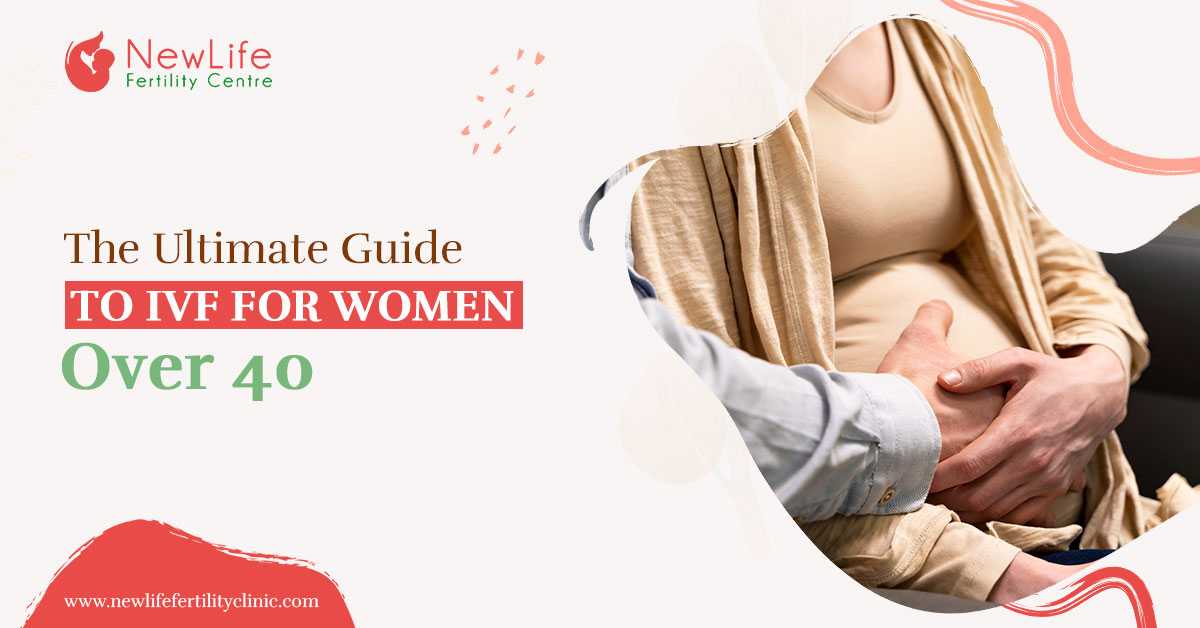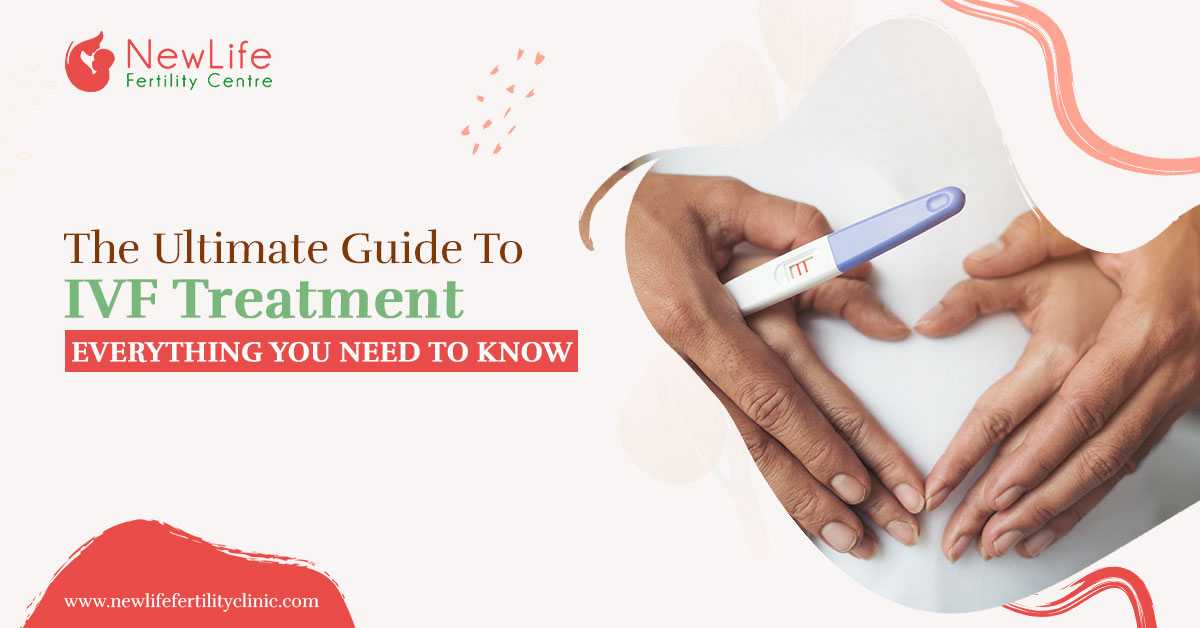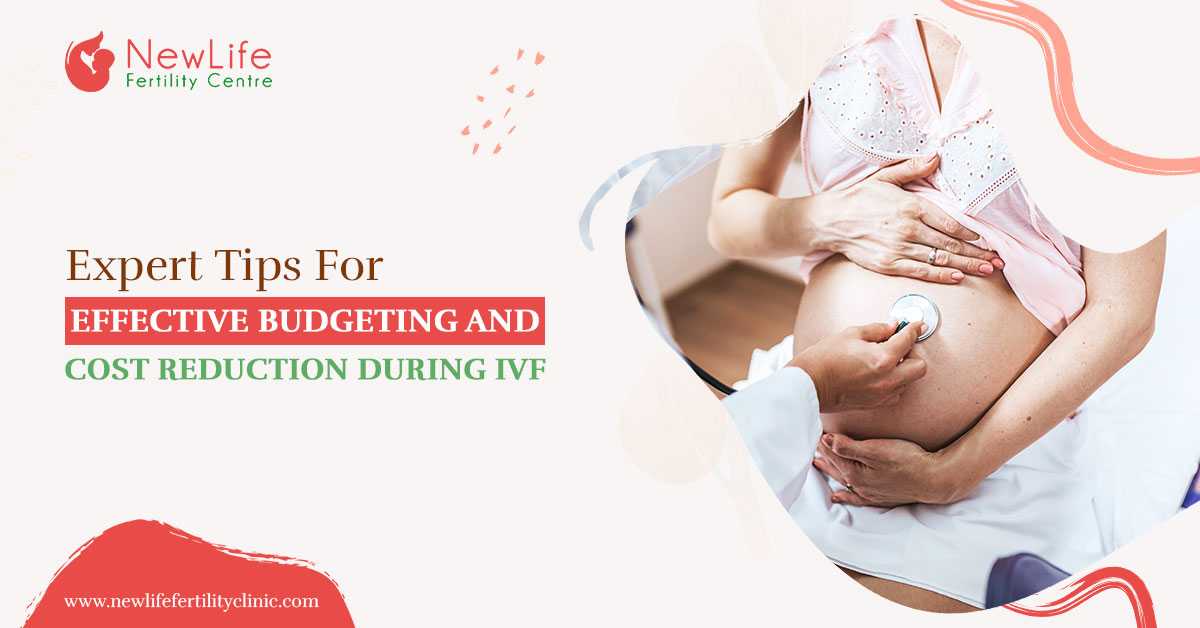
Embryo Cryopreservation is regarded as one of the most effective techniques for the preservation of fertility in women. It is widely being used as the main process to use the leftover embryos after the cycle of in vitro fertilization (IVF). Embryo Cryopreservation helps the patients who fail to conceive as those embryos may help the female to get pregnant without going through the entire IVF cycle. It can also be used even if the pregnancy occurs and the couples decide to go for another pregnancy.
Methods of Embryo Cryopreservation
There are two methods of embryo cryopreservation which are being used for giving the best positive results in the form of reproduction. For the completion and the success of Embryo Cryopreservation, a willing and supportive partner is needed or the donor semen can also be used. The two methods of Embryo Cryopreservation are-
- Slow Freezing
- Vitrification
Slow Freezing
Slow freezing is the part of embryo cryopreservation method that is based on a slow cooling rate. It uses a low concentration of CPAs and it is a conventional cryopreservation method. The main function of the slow freezing method is to reduce the toxicity to cells or tissues. This brilliant method was first used in 1972 for the survival of murine embryos. It is a commonly used freezing process with the involvement of the additional cryoprotective agent that helps in preventing the formation of ice crystal in the cells. Then, the cells are cooled under the computer control of 196 degrees Celsius. During this method, the additional cryoprotective agents have a vital role as it prevents osmotic damage in the cells.
Benefits of Slow Freezing Method
- It is a cheaper method in comparison to the others.
- Ice crystal formation is seen through the method of slow freezing.
- Proper preservation of the cells through freezing.
- Helpful for the people with genetic disorders that affects reproduction.
Vitrification
Vitrification is known as the best replacement or the alternative of slow freezing procedure. It is a superior process for cryopreservation. Vitrification is the rapid freezing procedure in which the water molecules dont form ice crystals instead it solidifies into a glass-like structure. Over the years vitrification has given many positive results during the IVF cycles. Vitrification requires a quick freezing rate for near-instantaneous freezing. It also suspends the cryopreserved samples in a crystalline structure which dont have the side effect of ice crystal formation. It allows specimens to be stored and kept as the sample with no negative impact.
Benefits of Vitrification Method
- It prevents the cell from the damage in the freezing.
- It is an effective preservation process which is done at a low temperature without freezing.
- Vitrification is a simple embryo cryopreservation technique.
- It is a safe and result-oriented process.
The Future of Cryopreservation
In the future, cryopreservation for the human is likely to address three target groups, prepubertal males, prepubertal females and women without partners. Option for the preservation of female fertility will be available with immature and mature oocyte banking. Both open and closed system is being used for oocyte cryopreservation at present but in the future, the closed system may be the simplest method to ensure sterility of the samples. The best option for fertilization can be the maturation of oocytes in vitro after cryopreservation as immature oocytes are more resistant towards freezing stresses. In order to produce more viable oocytes the cryopreservation of encapsulated follicles along with thawing and culture is seen to be followed.
Embryo preservation has always been the handful preservation method. It is performed as the vital component of in vitro fertilization and both slow freezing and vitrification have given many good results to the patients who fail to conceive. This process helps in the preservation of embryo at the sub-zero temperatures, it is generally done at an embryogenesis stage correspondence to the pre-implantation and in the form of fertilization at the blastocyst stage.







